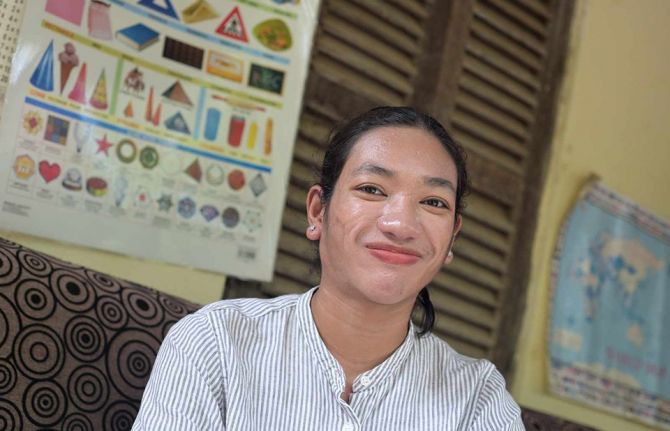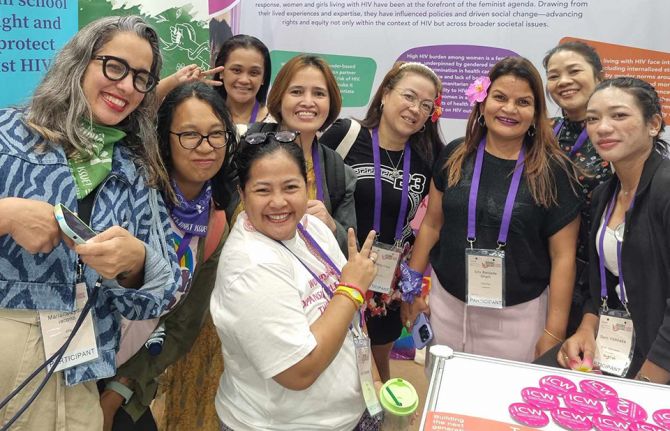
Feature Story
We can no longer ignore girls who become brides
26 July 2018
26 July 2018 26 July 2018Worldwide every year, 12 million girls under the age of 18 years are married—that's equivalent to 23 girls every minute. Married too soon. Their personal growth, health and fundamental rights and freedoms denied. Gender inequalities and gender-based violence force thousands of girls into marriage and motherhood. Girls with no education are three times as likely to marry by the age of 18 years as those with a secondary or higher education. And girls who marry before they are 15 years old are 50% more likely to face physical or sexual violence from a partner.
Child marriage often means that girls find it difficult to negotiate safer sex with their husbands, who are commonly older and more sexually experienced, making the girls especially vulnerable to HIV and other sexually transmitted infections.
UNAIDS’ latest report, Miles to go, highlights the reality that adolescent girls and young women aged 15–24 years, particularly those from sub-Saharan Africa, are being left behind. Every week, more than 6600 adolescent girls and young women become newly infected with HIV, with sub-Saharan African women and girls bearing the brunt, accounting for one in four HIV infections in 2017 despite being just 10% of the population.
Girls Not Brides, the Global Fund to Fight AIDS, Tuberculosis and Malaria, the Ministry of Foreign Affairs of the Netherlands and UNAIDS hosted a panel discussion on the issue of child marriage at the International AIDS Conference in Amsterdam, Netherlands, bringing together panellists from across regions, sectors and generations. Monica Geingos, the First Lady of Namibia, was a special guest speaker.
When girls and women are empowered with rights and given equitable access to education, enabled to participate fully in the labour force and equitably represented in government and decision-making bodies, the benefits far outreach improving the lives of the individual woman. Their families, communities and countries thrive. Yet, more than 150 million girls will become child brides by 2030.
The panellists highlighted the need to tackle the underlining determinants behind both HIV and child marriage. They emphasized the need for a comprehensive multisectoral and resourced approach. Gender inequality and harmful social norms have to be challenged. The solutions, they said, include keeping girls in school, providing health services that serve young people’s needs and mobilizing families and communities, including men and boys.
Quotes
“A lot of times it's about economic survival, so for there to be collective progress, we will not go anywhere without structural changes.”
“Invest in youth and enable us by empowering us with decision-making roles.”
“You can’t just take packaged programmes into communities. You need to spend the time to get to know people and work with them to figure out how to tailor these programmes.”
“It is sad that a lot of the responses to HIV are still heavily biomedical. Prevention is underresourced, particularly concerning structural issues, such as child marriage, which are harder to programme around and demonstrate impact.”
“We can no longer ignore these girls, which is why I am delighted we are having the difficult conversations we need to have, and finding solutions.”



